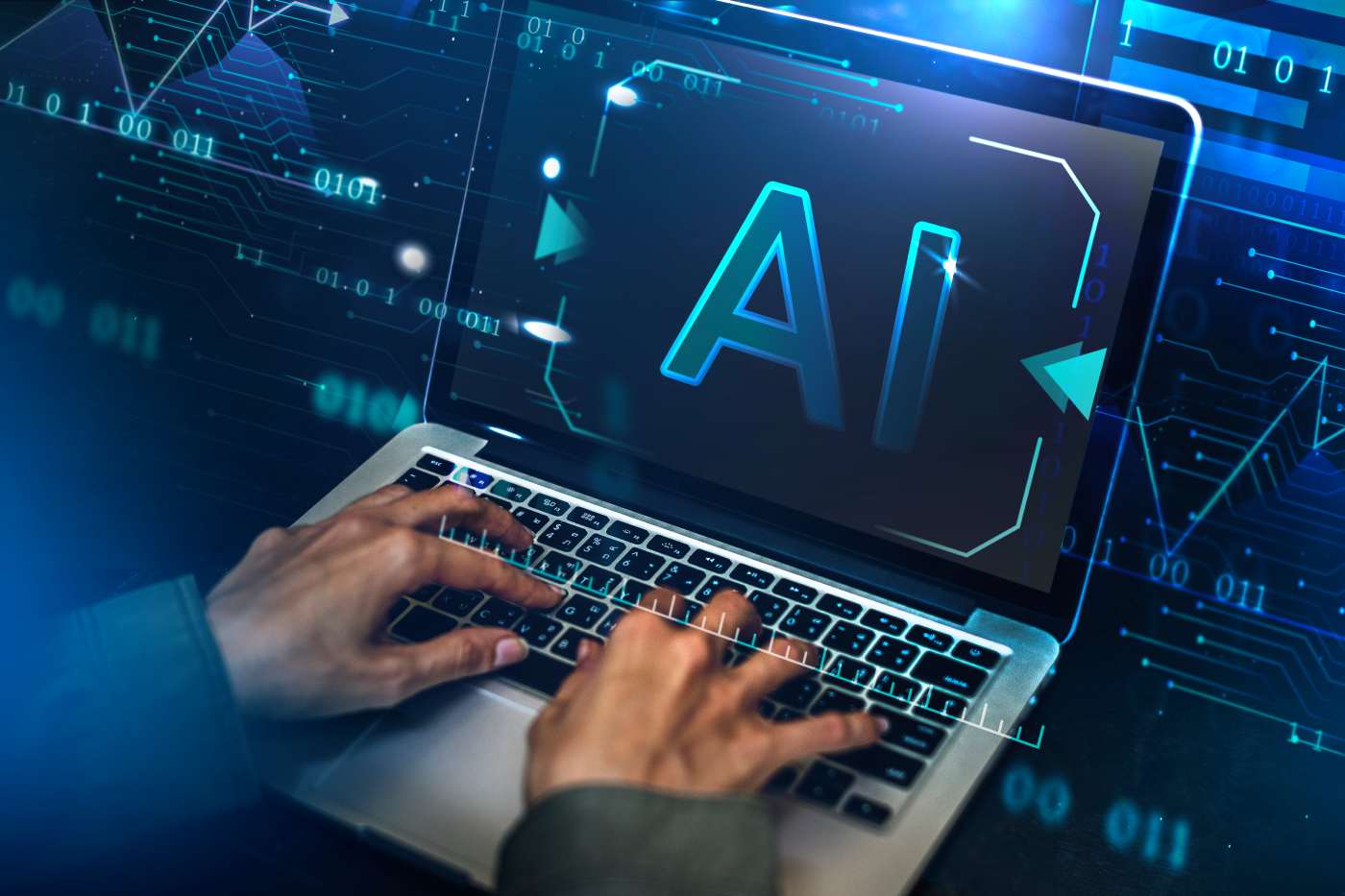Change is a constant, goes the old cliche. But who’s driving the change — and how? Daniel Burres discusses key ideas in management transformation. As a CIO, you are keenly aware that rapid change in business and technology is the “new normal.” However, in the 21st Century, “change” is actually too weak a descriptor. Today, […]
Datamation content and product recommendations are
editorially independent. We may make money when you click on links
to our partners.
Learn More
Change is a constant, goes the old cliche. But who’s driving the change — and how? Daniel Burres discusses key ideas in management transformation.
As a CIO, you are keenly aware that rapid change in business and technology is the “new normal.” However, in the 21st Century, “change” is actually too weak a descriptor.
Today, it’s all about transformation. This means you can’t go backward, and you can’t stand still. You can’t rest on your laurels and you can’t keep doing what you’ve always done — even if you do your best to keep doing it better.
The only way for your company to survive, let alone thrive, is to continuously reinvent and redefine.
Reinvent and redefine what? Everything .
Today’s transformation is an accelerated, magnified force of change. Redefining and reinventing is a way of harnessing that wild horse and hooking it to a product, a service, an industry, or a career.
In a sense, transformation is a hard trend (a Definite), while reinvention is a soft trend (a Maybe). Transformation is going to happen, all around us and to us, whether we want it to or not. Reinvention, on the other hand, will happen only if we make the decision to do it. If we don’t, someone else will.
In the coming years, dramatic new developments are going to be flying at you so fast, from so many places and so many competitors, that it will be easier than ever to become overwhelmed. In a transformational time, disruption multiplies. The only solution to this increasing dilemma is to become experts at reinventing our companies, our products, our services … essentially everything we do.
Lee Iacocca and Hal Sperlich reinvented an entire marketplace in 1983 when they redefined the family station wagon. At the time, station wagon sales were not growing, even though baby boomers were in their prime childbearing years and the nation was bursting with new families.
A puzzle. Why, if they needed the product, weren’t they buying it? Because purchases are more emotional than logical, and are often statements of identity as much as (or more than) a rational act of fulfilling a practical need. Baby boomers may have needed a set of wheels with substantial family room, but they did not want to look and act just like their parents; even if that’s exactly what they were doing most of the time. Baby boomers did not want to identify themselves as a generation of people who drove station wagons.
But vans? They were kind of cool and, more important, their parents never drove vans. Chrysler introduced the Dodge Caravan in November 1983, creating an entire automotive category — the minivan — that they would continue to dominate for the next quarter century. It was a stroke of flash foresight, based on the hard trend of baby boomers and their needs (along with the eternal insight that people don’t want to look or act like their parents).
The good ol’ days
It used to be that corporate and product reinvention was an option; today it is an imperative. We live today in a unique context, an environment we’ve never seen or experienced before. We have never had this kind of processing power and bandwidth, this kind of runaway acceleration in technological capacity, and it has completely transformed our relationship to the concept of stability.
Read the rest about IT management and change at CIO Update.
-
Ethics and Artificial Intelligence: Driving Greater Equality
FEATURE | By James Maguire,
December 16, 2020
-
AI vs. Machine Learning vs. Deep Learning
FEATURE | By Cynthia Harvey,
December 11, 2020
-
Huawei’s AI Update: Things Are Moving Faster Than We Think
FEATURE | By Rob Enderle,
December 04, 2020
-
Keeping Machine Learning Algorithms Honest in the ‘Ethics-First’ Era
ARTIFICIAL INTELLIGENCE | By Guest Author,
November 18, 2020
-
Key Trends in Chatbots and RPA
FEATURE | By Guest Author,
November 10, 2020
-
Top 10 AIOps Companies
FEATURE | By Samuel Greengard,
November 05, 2020
-
What is Text Analysis?
ARTIFICIAL INTELLIGENCE | By Guest Author,
November 02, 2020
-
How Intel’s Work With Autonomous Cars Could Redefine General Purpose AI
ARTIFICIAL INTELLIGENCE | By Rob Enderle,
October 29, 2020
-
Dell Technologies World: Weaving Together Human And Machine Interaction For AI And Robotics
ARTIFICIAL INTELLIGENCE | By Rob Enderle,
October 23, 2020
-
The Super Moderator, or How IBM Project Debater Could Save Social Media
FEATURE | By Rob Enderle,
October 16, 2020
-
Top 10 Chatbot Platforms
FEATURE | By Cynthia Harvey,
October 07, 2020
-
Finding a Career Path in AI
ARTIFICIAL INTELLIGENCE | By Guest Author,
October 05, 2020
-
CIOs Discuss the Promise of AI and Data Science
FEATURE | By Guest Author,
September 25, 2020
-
Microsoft Is Building An AI Product That Could Predict The Future
FEATURE | By Rob Enderle,
September 25, 2020
-
Top 10 Machine Learning Companies 2021
FEATURE | By Cynthia Harvey,
September 22, 2020
-
NVIDIA and ARM: Massively Changing The AI Landscape
ARTIFICIAL INTELLIGENCE | By Rob Enderle,
September 18, 2020
-
Continuous Intelligence: Expert Discussion [Video and Podcast]
ARTIFICIAL INTELLIGENCE | By James Maguire,
September 14, 2020
-
Artificial Intelligence: Governance and Ethics [Video]
ARTIFICIAL INTELLIGENCE | By James Maguire,
September 13, 2020
-
IBM Watson At The US Open: Showcasing The Power Of A Mature Enterprise-Class AI
FEATURE | By Rob Enderle,
September 11, 2020
-
Artificial Intelligence: Perception vs. Reality
FEATURE | By James Maguire,
September 09, 2020
SEE ALL
ARTICLES







